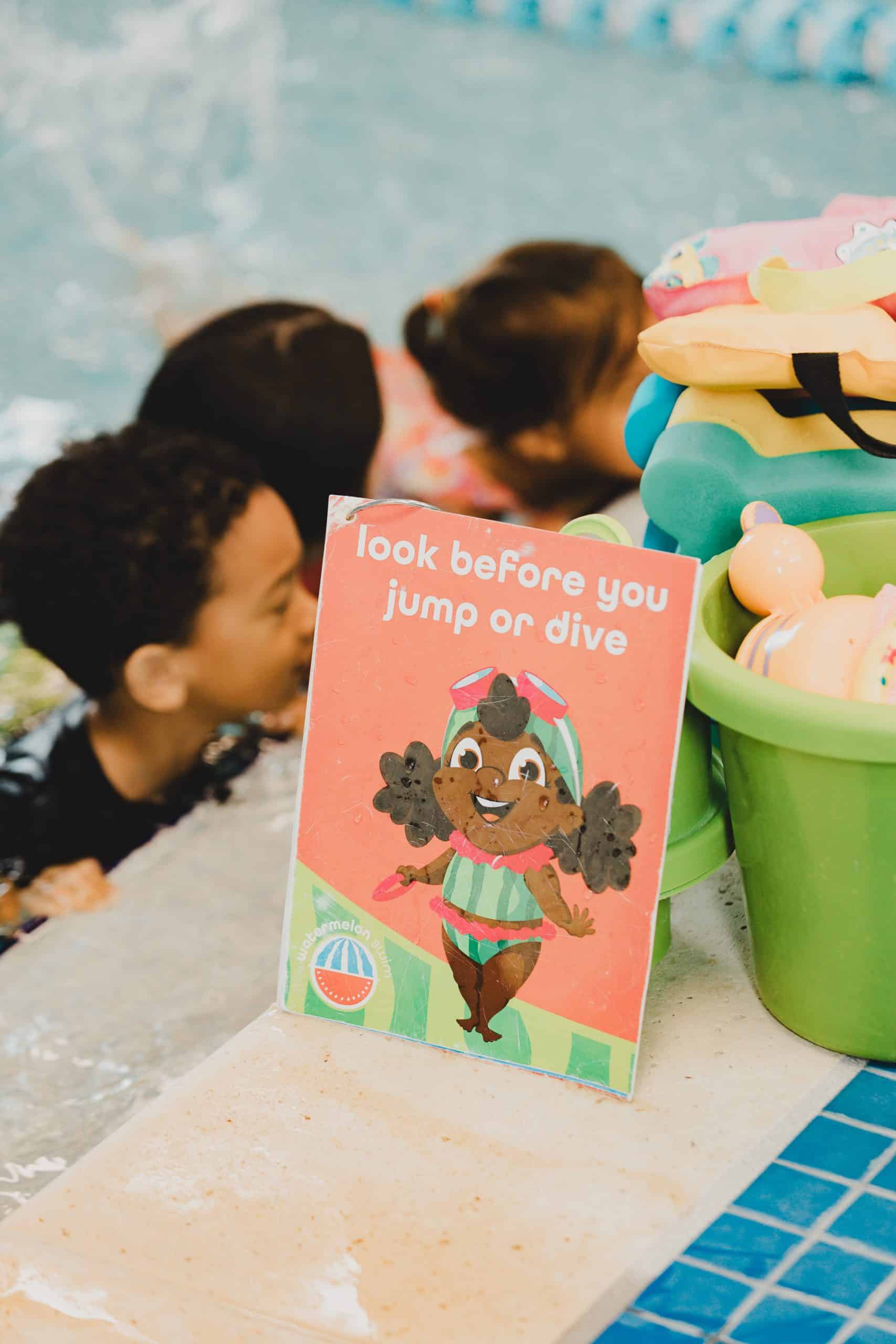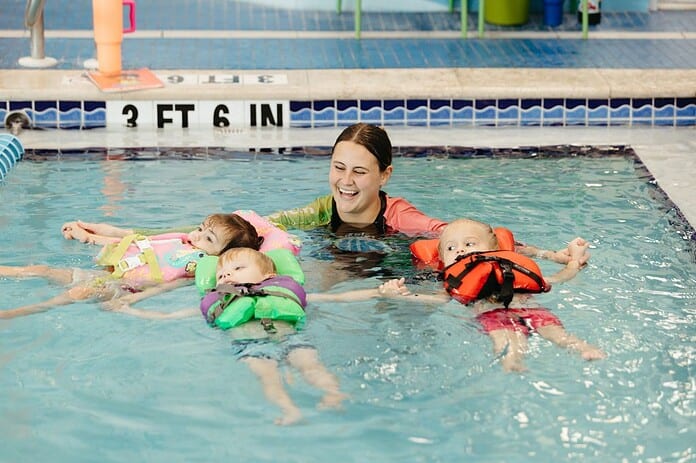Sponsored
With summer just around the corner, May marks National Water Safety Month, a nationwide initiative to raise awareness about drowning prevention and promote safe water practices. As temperatures rise and families head toward pools, lakes, and beaches, experts stress the importance of swim lessons, supervision, and layered safety measures to help prevent tragic accidents.
Watermelon Swim, a local swim school in Brooksville, is taking part in this important initiative by emphasizing key water safety skills throughout the month. Instructors are incorporating real-life safety scenarios into lessons, including having children practice swimming fully clothed—an exercise that simulates an accidental fall into the water and teaches how to respond when wearing heavier garments. Students are also learning how to properly swim while wearing U.S. Coast Guard-approved life jackets, building confidence and competence in emergency situations.
In addition to pool-based lessons, water safety education is extended to caregivers. Informational presentations in the school’s lobby are equipping parents with the tools and knowledge needed to reinforce water safety at home. Educational materials often include visual aids such as colorful posters featuring child-friendly characters that help engage young swimmers while teaching them about safety.
According to the Centers for Disease Control and Prevention, drowning is the leading cause of death for children ages one to four. It can occur quickly and silently—often in less than two minutes and in as little as one inch of water. Formal swimming lessons can reduce a child’s risk of drowning by up to 88 percent, making early swim education one of the most effective preventative strategies.
Essential Water Safety Tips:
Enroll children in swimming lessons to build life-saving skills
Teach children to float on their backs as a safe position to breathe and call for help
Remember that drowning is silent—always supervise children closely and without distractions
Never rely on flotation devices as a substitute for active adult supervision
Keep young children within arm’s reach at all times near water
The Layers of Protection Approach:
Water safety professionals emphasize the importance of multiple layers of protection, recognizing that no single method is foolproof.
These layers include:
Swimming skills
Constant adult supervision
Barriers such as fences and self-latching gates
An emergency action plan
Risk awareness and prevention
National Water Safety Month serves as a timely reminder that being water-safe is a shared responsibility. By promoting education, practicing key skills and creating safer environments, families and communities can work together to reduce the risk of drowning.
For more information about Watermelon Swim’s water safety programs, visit Watermelon Swim


